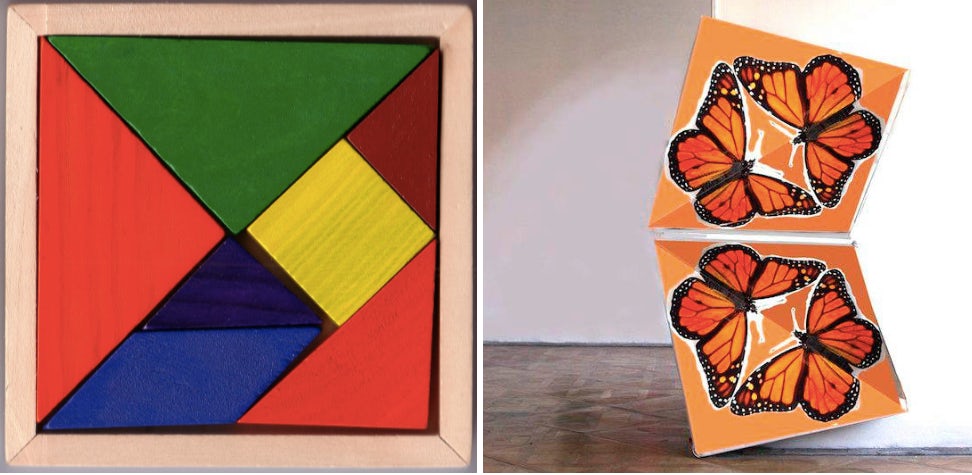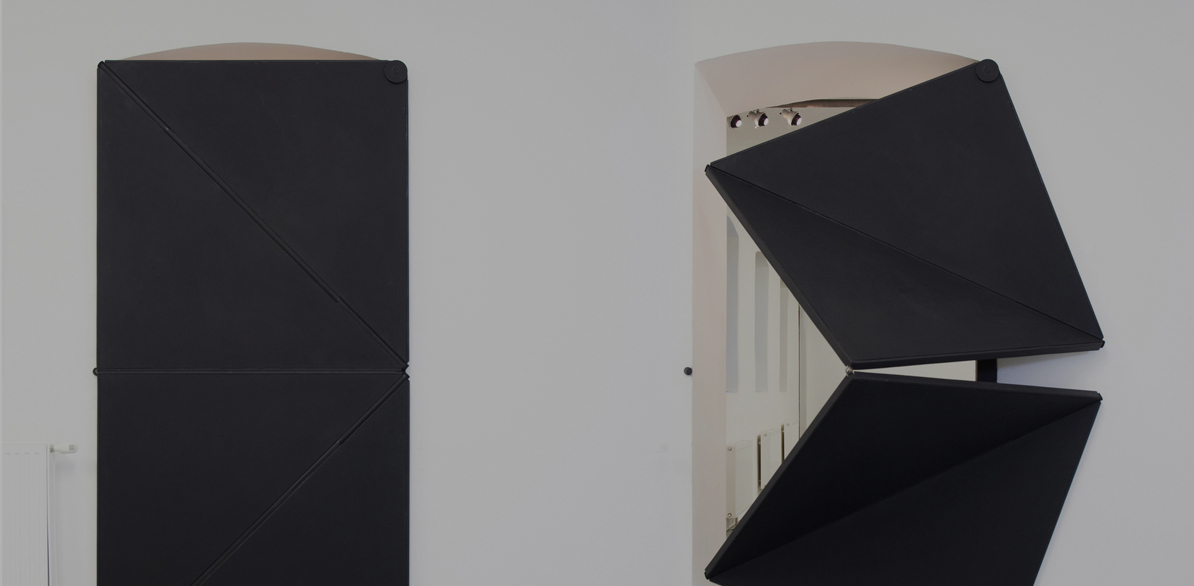Architizer's A+Product Awards is open for submissions, with the Extended Entry Deadline fast approaching on Friday, February 23rd. Get your products in front of the AEC industry’s most renowned designers by submitting today.
What makes a door a door?
Typically, it moves on hinges or a sliding track and it serves as an important gateway that allows you to exit one place and swiftly enter another. Under this everyday criteria, it is difficult to say whether or not Vienna-based artist Klemens Torggler’s crazy kinetic “doors” qualify. In fact, not only do his stunning works of art make such meager qualifications seem unimportant, but he also seems particularly unbothered by what you choose to call them. These law-defying designs transcend doors; they are more like installation art or sculptural masterpieces and ultimately hold their own beyond such passé categorization.

Left: video via YouTube; right: Evolution Door via Klemens Torggler
Torggler has been avidly experimenting with origami-like doors since 1997. Over the past 20 years, he has developed several distinct iterations using various combinations of rods, wheels and triangular and square panels. Each one involves new mechanical experimentation, the resulting solution being guided by budget constraints, architectonical context and its final location of use.
Torggler’s work gained exponential traction with the Evolution Door. When moved with just the flick of a finger, the Evolution Door floats through space so slowly and with such fluidity that it is almost eerie; it is as if such patient movement could only be achieved under the cast of wizardry or magic.

With over 5.5 million views, the Evolution Door moves sideways without the use of tracks; video and image via Klemens Torggler.
So how does it work? The Evolution Door is connected to the door frame with two pivots — at the top and bottom — and consists of four triangular “flip-panels.” When movement is instigated, the four sections collapse in on themselves and rotate 90 degrees before straightening back up into a rectangle. After the fact, the door reverts to what appears to be an untouched state of natural homeostasis, at which point it is mind-boggling and exciting to decipher what just unfolded. The Evolution Door has been executed using wood, steel and aluminum.

Left: the Rod design constructed in steel; right: the Screen design constructed in fabric and wood; images via Klemens Torggler
Torggler’s Rod version of the door is the most suitable design for heavy and massive materials. On his personal YouTube channel, the artist is depicted pushing 200 kilograms (440 pounds) of 10-millimeter-thick steel with barely any effort. In contrast, the Screen is a fixed device that is centrally fastened to a floor-to-ceiling pole. Unlike Torggler’s other designs, it is a prototype intended to be used as a stationary room-divider. Most recently, the artist has experimented with an expansive eight-paneled design with four vertically stacked panels on either side of the door frame.

Left: Tangram via Wikipedia; right: butterfly painted door via Klemens Torggler
Torggler’s masterful portfolio is often compared to the lightness and delicacy of paper origami. While he never actually got his hands on origami growing up, Torggler recalls playing with tangram — a Chinese dissection puzzle that is often referred to as the earliest psychological test in the world. In tangram, seven flat pieces are dissected and reconfigured into endless geometric combinations. His work takes a similar approach.
By harnessing a series of simple individual components, he creates imaginative and impeccably well-oiled systems. Torggler’s experimental work serves as an inspiration to door designers, manufacturers and lovers worldwide.
Architizer's A+Product Awards is open for submissions, with the Extended Entry Deadline fast approaching on Friday, February 23rd. Get your products in front of the AEC industry’s most renowned designers by submitting today.









